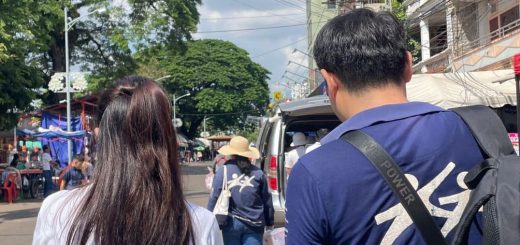When Children Become Tourist Attractions
Each year, thousands of tourists visit orphanages in Cambodia thinking they are helping some of the most vulnerable children in the world. Recent reports however have found their visits may be doing more harm than good.
Nearing midnight on Pub Street, Siem Reap is buzzing. Hundreds, if not thousands of tourists roam from bar to bar, looking for a good time after spending full days wandering through Cambodia’s spectacular Angkor Wat temples.
Beggars follow the travelers around, while other locals sell flowers, fake travel guides and postcards to unassuming customers. Through the mayhem, a small team of professional junior entrepreneurs make their way down the street pitching a different product to the hordes – a visit to a nearby orphanage.
With readymade smiles, these young children — including several younger than 10 — are quick to break into examples of their orphanage’s dance routines in a bid to draw more attention. They perform their promotional routines deep into the night, long enough to draw enough tourists to visit and donate money to their orphanages the next day.
Tens of thousands of tourists visit orphanages in Siem Reap and elsewhere across Cambodia every year, wanting to do anything they can to help the poor, innocent children they encounter on their travels.
But research on the failures of residential institutions, paired with reports of unscrupulous operators abusing the rights of children, shows that visiting orphanages only helps support a system that fails to protect children.
With the backing of UNICEF, NGO Friends-International has launched a campaign pushing tourists to end orphanage tourism in Cambodia.
“Travelers care for Cambodia and are often disturbed by the perceived situation of children. It is essential for them to understand the real situation and what positive actions they can take to effectively protect and support these children,” said Sebastien Marot, Executive Director of Friends-International, whose headquarters are in Cambodia.
“Orphanages must be a safe place for children and not a tourist destination.
We cannot just go and visit orphanages in our own countries, so why in Cambodia?”

Recent reports show that the number of orphanages in Cambodia has risen by 65 percent since 2005, reflecting a similar rise in the number of tourists visiting the country.
Despite most residential institutions labeling themselves as “orphanages”, reports show that 72 percent of the children living in their care have at least one living parent.
For tourists who believe they are doing good by visiting the children directly, major findings show that visiting orphanages impacts negatively on children’s development and supports a system that is contributing to the separation of families.
“It is essential for the child to live in a family setting and in our experience it is extremely rare that the families, with the right support, are unable to care for their children, Mr Marot said. “Not only is it the best interest of the child to live with his or her family, but it is also much cheaper.”
UNICEF Cambodia Representative Richard Bridle said the number of orphaned and vulnerable children has decreased in Cambodia, but recent years have seen a steady increase in the number of residential institutions across the country.
“As one would naturally expect, the likelihood of losing a parent increases over a child’s life, but life expectancy is increasing steadily in Cambodia, which should confirm the decline in the number of orphans in Cambodia,” Mr Bridle said.
“Recent research shows that only 28% of children in orphanages had lost both parents. UNICEF believes a child’s first line of defense is her or her family. If parental care is not an option or in the best interests of the child, UNICEF believes that institutionalization should be a last resort.”
Friends-International works with marginalized urban children and youth, their families and communities to become productive, independent citizens of Cambodia.
Mr Marot said overseas visitors should be encouraged to volunteer or donate to programs, like those run by Friends-International, that support and promote family and community-based care, the reintegration of children into family and community-based care, and the provision of social services to vulnerable children and their families.
“Tourists can support children in need by buying products made by youth in vocational training programs, eating in restaurants that are run as vocational training programs or by buying products made by families in community-based projects,” Mr Marot said.
“Visiting so-called orphanages can only lead to situation of further marginalization or even abuse for Cambodian children. Children are not tourist attractions.”
Friends-International’s ChildSafe initiative has been active in promoting child protection through the global ‘7 tips’ campaign for several years. The ‘thinkchildsafe’ website (www.thinkchildsafe.org) will focus on Tip No. 4 during this campaign, providing tourists with the facts about Cambodian orphanages and encouraging them to pass on the message to their friends and fellow travelers.
Visit the campaign website at
www.thinkchildsafe.org /thinkbeforevisiting/







1 Response
[…] Article en anglais de Friends Internationals “When children become tourist attraction” : cliquer ici […]